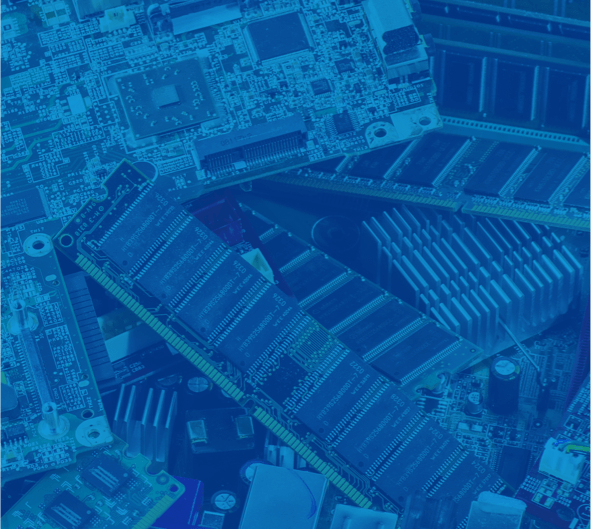

Stop for a minute and think about how many gadgets you have encountered in your life. How many appliances broke down and needed to be changed? How many times have you upgraded your old phone for a newer, shinier version? Probably a dozen times, at the very least. These old/unwanted/broken items become WEEE/e-waste.
We can do something to break the cycle !
WEEE stands for Waste of Electrical and Electronic Equipment. It is also often called e-waste. It is quite a broad category that can include computers, TV-sets, fridges, and mobile phones. It is basically any old, discarded, or no longer in use electrical and electronic equipment that requires a power source, either electric or battery/accumulator power.
So yes! The old phone gathering dust in your drawer is e-waste! Every old toy needing a power source, any old MP3 players, the ancient toaster in your attic all are e-waste!





Education and raising awareness is key. WEEE4FUTURE aims to do just that as well as to encourage and support more people to recycle their old appliances – saving precious resources from being lost! With the e-waste calculator and the education modules below, we invite you to take this journey with us, to learn more about e-waste, its compositions and what we can do about it to reduce the negative impacts generated by the waste.









